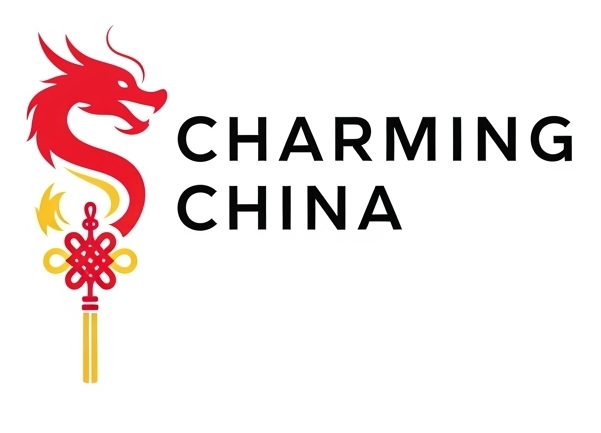The Forbidden City: History, Architecture & Travel Guide
The Forbidden City in Beijing is one of the most iconic cultural landmarks in the world. Once the political and ceremonial heart of the Ming and Qing Dynasties, this massive palace complex is now a UNESCO World Heritage Site and a must-visit destination for travelers interested in Chinese history, architecture, and art.

The History of the Forbidden City
Built between 1406 and 1420 under the Yongle Emperor of the Ming Dynasty, the Forbidden City served as the residence of 24 emperors until the end of the Qing Dynasty in 1911. For over 500 years, it was the center of Chinese imperial power, strictly off-limits to commoners — hence the name “Forbidden City.”
Architectural Marvel
- Size & Scale: The palace covers 180 acres, with more than 980 buildings and 8,000 rooms.
- Symbolism: The layout reflects the ancient principles of feng shui and cosmic order, with yellow roof tiles symbolizing the emperor’s authority.
- Defenses: Surrounded by a 10-meter-high wall and a 52-meter-wide moat, it was built for security as well as grandeur.
Cultural Significance
The Forbidden City is not just a palace but a living museum of Chinese art, calligraphy, ceramics, and treasures.
It reflects the philosophy of “Heaven and Earth”, showcasing how emperors positioned themselves as the link between the divine and the human world.
Today, it is known as the Palace Museum, attracting millions of visitors every year.
Must-See Highlights
- Hall of Supreme Harmony (Taihe Dian) – The largest wooden structure in China, once used for grand ceremonies.
- Imperial Garden – A tranquil retreat for the royal family.
- Treasure Gallery – Featuring imperial jewels, jade, and sacred relics.
Visiting the Forbidden City: Travel Tips
- Best Time to Visit: Spring (April–May) and Autumn (September–October) for pleasant weather.
- Tickets: Limited daily entry; book in advance online.
- Entrance: Most visitors enter through Tiananmen Gate.
- Nearby Attractions: Tiananmen Square, Jingshan Park (for a panoramic view of the palace).
The Forbidden City is not only an architectural wonder but also a window into China’s imperial past. Whether you are fascinated by dynastic history, traditional Chinese art, or simply wish to walk in the footsteps of emperors, this cultural treasure is an essential stop on any China travel itinerary.
FAQ: The Forbidden City (Beijing’s Imperial Palace)
1. Why is it called the “Forbidden City”?
Because for nearly 500 years, ordinary people were forbidden to enter without special permission. It was reserved only for emperors, their families, and officials.
2. How old is the Forbidden City?
Construction began in 1406 and was completed in 1420, making it more than 600 years old.
3. How many rooms does the Forbidden City have?
The palace complex has around 8,000–9,000 rooms, though the traditional saying is “9,999 and a half rooms”, symbolizing perfection and eternity.
4. Can visitors go inside the Forbidden City today?
Yes. It is now open as the Palace Museum in Beijing. Tickets are available online, and visitor numbers are capped daily to protect the site.
5. What is the most famous hall in the Forbidden City?
The Hall of Supreme Harmony (Taihe Dian), the largest wooden building in China, where emperors held grand ceremonies such as coronations.
6. How long does it take to visit the Forbidden City?
Most visitors spend 3–4 hours, but history lovers may take a full day to explore the galleries and gardens.
7. Is the Forbidden City a UNESCO World Heritage Site?
Yes. It was listed in 1987 for its outstanding historical and cultural value.
8. What is the best time to visit the Forbidden City?
Spring and autumn are ideal (April–May, September–October) with fewer crowds and comfortable weather.
